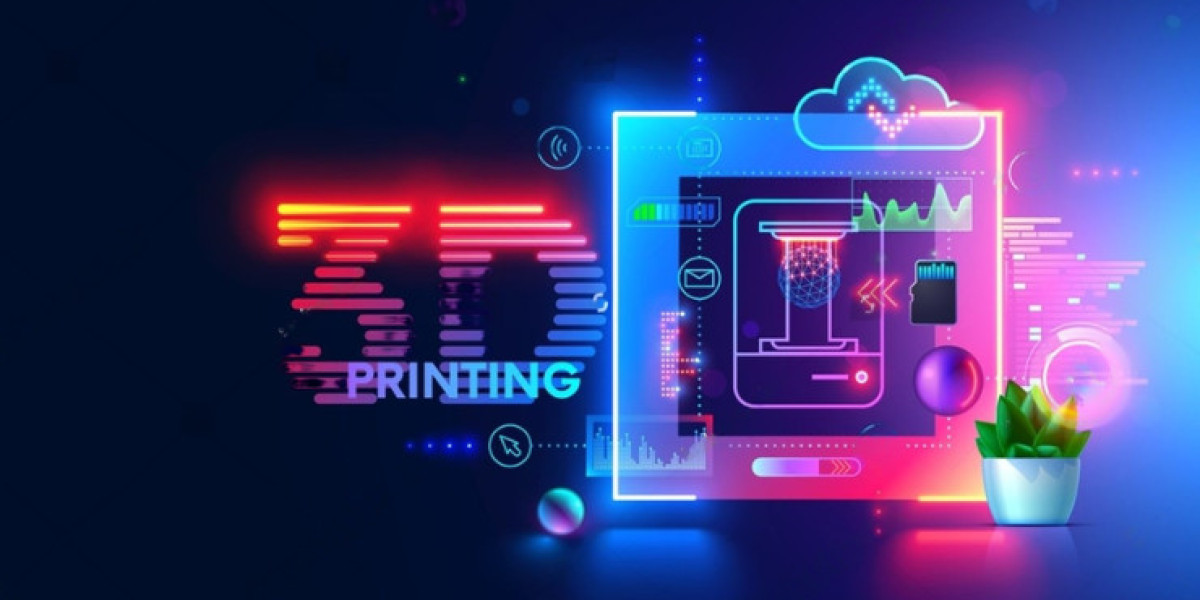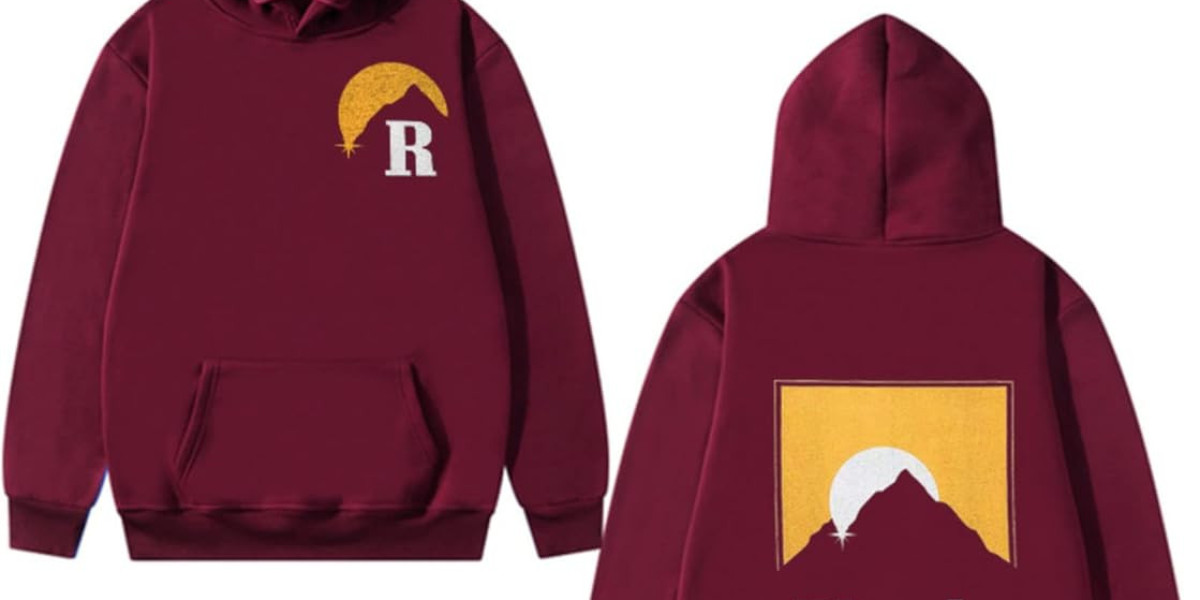In recent years, 3D printing in Dubai has evolved far beyond basic prototyping. It is now shaping the city’s religious and cultural architecture. One of the most fascinating developments is the use of 3D printing in mosque architectural modeling.
In particular, the way minarets are designed and visualized has undergone a noticeable transformation. Minarets are not just structural elements. They are symbols of Islamic culture and identity. Using 3D printing Dubai in mosque architectural modeling is giving designers a whole new toolbox to work with. It is changing how they imagine, plan, and build these iconic towers.
Precision and intricate detailing in minaret structures
Traditional minarets are known for their ornate carvings and geometric precision. Achieving such details by hand is time-consuming and expensive. 3D printing Dubai is making this process easier and faster. Designers can now create scale models of minarets with detailed ornamentation in just hours.
The printer captures the complexity of Islamic motifs with exact measurements. This level of precision allows architects to test multiple versions before choosing the final one. It also makes it easier to replicate traditional styles while adding a modern touch.
Innovation in structural design and form
Using 3D printing Dubai in mosque architectural modeling is giving rise to innovative shapes. Minarets are no longer limited to the conventional cylindrical or octagonal forms. Architects are experimenting with spiral designs, layered curves, and dynamic structural patterns. These designs would be nearly impossible to visualize manually.
With 3D printing, they can be created as physical models and tested for scale, symmetry, and visual impact. Dubai’s emphasis on futuristic design has pushed this trend further. Now, minarets can blend traditional symbolism with contemporary architecture.
Rapid prototyping speeds up design approval
In the past, designing a mosque’s minaret required hand-drawn sketches and clay models. This process could take weeks or even months. But with 3D printing in Dubai, a full-scale architectural model of the minaret can be completed in a matter of days.
This helps architects and stakeholders review and approve designs much faster. Real estate developers, cultural authorities, and religious leaders can all see the same detailed model. They can suggest changes and visualize them in new prints almost instantly. This leads to quicker decisions and smoother project execution.
Enhancing educational and historical accuracy
Many modern mosque designs in Dubai are inspired by historical Islamic architecture. But interpreting old plans and converting them into 3D visuals can be challenging. 3D printing helps bridge that gap.
Architectural historians and students can now produce accurate models of historical minarets for analysis. This is especially useful in restoring damaged mosques or building replicas. Using 3D printing Dubai in mosque architectural modeling ensures that the minaret designs stay true to their historical roots while integrating new technologies.
Eco-friendly modeling and reduced material waste
One of the key advantages of 3D printing is its efficiency. Unlike traditional model-making, 3D printing minimizes material waste. It uses only what is needed to build the design. This supports Dubai’s long-term vision for sustainable development.
When modeling mosque minarets, this eco-conscious process allows architects to experiment more freely. They can print several prototypes without worrying about excessive costs or wasted supplies. It also makes the process more accessible to smaller architectural firms and mosque communities with limited budgets.
Customized designs for diverse communities
Dubai is home to people from many Islamic cultures. Each community has its own mosque design preferences. Some prefer Ottoman-style domes and pencil-thin minarets. Others lean toward Moroccan or Persian aesthetics.
3D printing allows for customization at a detailed level. Architects can create mosque minarets that reflect different traditions while adhering to Dubai’s architectural codes. This flexibility supports cultural inclusivity and expression. It also opens doors for mosques to represent their communities more accurately in their physical structures.
Virtual integration with modern planning tools
3D printed models are not just static pieces. They can be paired with augmented reality and digital mapping. Architects in Dubai often combine 3D printing with BIM (Building Information Modeling) systems.
This integration allows them to view how a minaret will look within a cityscape. It also helps in planning the mosque’s orientation and how the call to prayer will travel acoustically. This blend of physical modeling and virtual design makes the planning process more accurate and intelligent.
Conclusion
The use of 3D printing Dubai in mosque architectural modeling is redefining how minarets are designed, tested, and built. It is helping architects preserve Islamic heritage while introducing innovation. The technology allows for rapid prototyping, detailed ornamentation, structural experimentation, and sustainable practices.
It also supports diversity in design and faster approvals. In a city like Dubai, where tradition meets technology, 3D printed mosque models are creating a new chapter in Islamic architecture. Minarets, once crafted with time and manual labor, can now be envisioned with precision, creativity, and modern efficiency. This shift is not just technical—it is cultural. And it marks a powerful evolution in the way spiritual architecture is imagined and constructed.







